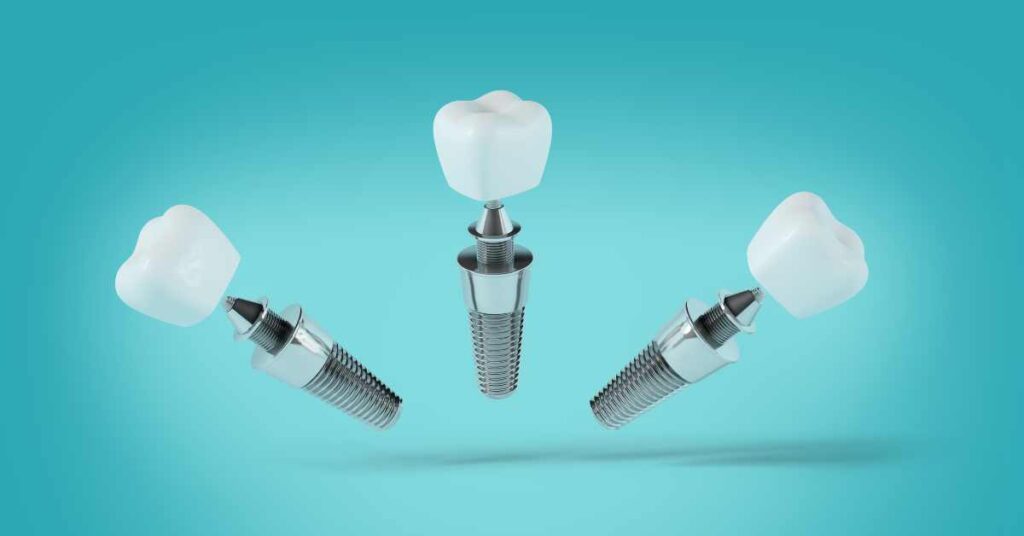Understanding Dental Implants
Are you considering dental implants to restore your smile and regain your confidence? Look no further! In this comprehensive guide, we will walk you through everything you need to know about dental implants. From understanding the procedure to post-implant care, we’ve got you covered. So, let’s dive into “The Complete Guide to Dental Implants” and explore this revolutionary dental solution.
What Are Dental Implants?
Dental implants are artificial tooth roots that provide a sturdy foundation for replacement teeth. Made of biocompatible materials like titanium, implants are surgically placed into the jawbone to mimic the function of natural tooth roots. This unique characteristic allows dental implants to fuse with the jawbone over time, creating a solid base for attaching custom-made prosthetic teeth.
The Benefits of Dental Implants
Restored Functionality: Unlike removable dentures, dental implants are permanent fixtures that function like natural teeth. You can enjoy your favorite foods without worrying about slippage or discomfort.
Enhanced Aesthetics: Dental implants look and feel like real teeth, helping you regain your beautiful smile and boosting your self-confidence.
Improved Oral Health: Implants don’t rely on neighboring teeth for support, unlike traditional bridges. This means adjacent teeth remain intact, promoting better long-term oral health.
Longevity: With proper care and regular dental check-ups, dental implants can last a lifetime, making them a cost-effective and durable solution.
The Dental Implant Procedure
Consultation and Treatment Planning: Your journey begins with a consultation where your dentist will assess your oral health, review your medical history, and determine if you are a suitable candidate for dental implants. A personalized treatment plan will be developed to address your specific needs.
Implant Placement: In the next stage, the dental implant will be surgically placed into the jawbone. This is typically done under local anesthesia to ensure your comfort during the procedure.
Osseointegration: Over the next few months, the implant will fuse with the jawbone through a process called osseointegration. This creates a strong and stable foundation for the replacement tooth or teeth.
Restoration: Once osseointegration is complete, your dentist will attach an abutment to the implant. The abutment serves as a connector between the implant and the prosthetic tooth. Finally, a custom-made crown, bridge, or denture will be attached to the abutment, completing your smile transformation.
In conclusion, dental implants are a remarkable solution for replacing missing teeth. By understanding the procedure and the benefits they offer, you can make an informed decision about your oral health. Remember, “The Complete Guide to Dental Implants” provides you with the knowledge to embark on this transformative journey towards a healthy, confident smile.

